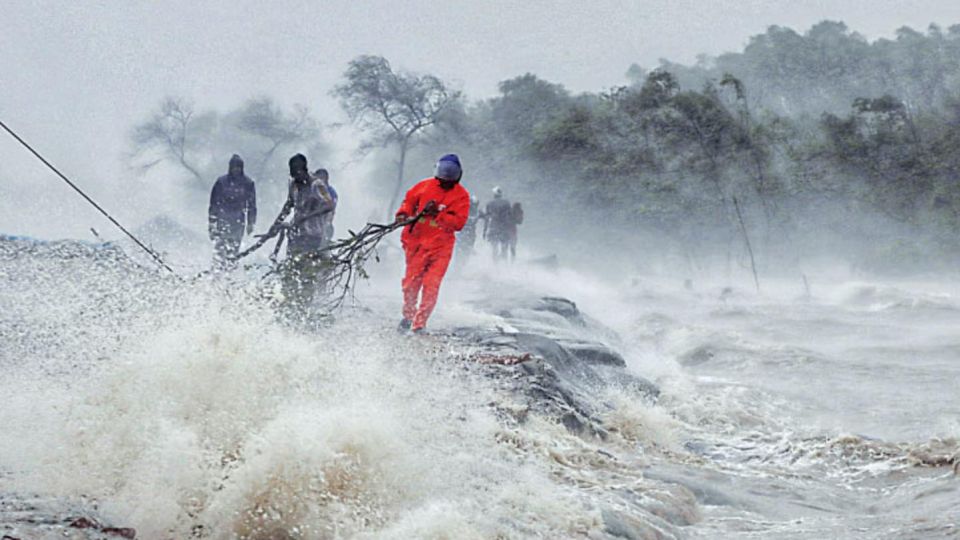May 28, 2024
DHAKA – Remal was part of a new trend of cyclones that take their time before making landfall, are slow-moving, and cause significant downpours, flooding coastal areas and cities.
Even though Remal started battering the Bangladesh coast since Sunday afternoon, its effects on the country’s weather will remain until at least this afternoon, said the Bangladesh Meteorological Department.
This means the storm will be hovering over Bangladesh for at least 45 hours. Cyclone Aila in 2009 hung around for 34 hours before disappearing.
Meteorologists and experts said a trend is being seen in the cyclones that hit Bangladesh. They are sluggish, long-lasting and tend to inundate more areas.
“Every cyclone is unique in nature, but in the last few cyclones, we saw a trend that the cyclones’ eyes were not properly formed, which caused weaker cyclones and more precipitation,” Md Monowar Hossain, a meteorologist at the BMD, told The Daily Star yesterday.
Coastal embankments suffer the most damage from prolonged storm surges, rain, and wind gusts.
However, Mostafa Kamal, a weather and climate researcher at the University of Saskatchewan in Canada, said many recent scientific studies have found that warming of the atmosphere, caused by human activities, made cyclones stronger and slower in recent decades.
Since cyclones were taking more time to make landfall, they, in recent decades, produced more rainfall than before, he said, adding that cyclones over the Bay of Bengal have started showing this global characteristic.
“For example, cyclone Remal was moving less than 11km per hour until May 26 morning. It is to be noted here that the six-hourly average translational speed of cyclones formed over the Bay of Bengal from 1990 to 2020 is 13.9km per hour. Hence, cyclone Remal was moving approximately 21 percent slower than the average speed of the cyclones formed over the Bay of Bengal.”
Remal is forecast to cause record-breaking rainfall by the time it leaves Bangladesh this evening.
“We observed a similar slower movement of cyclone Midhili in 2023, which made landfall along the coast of Khulna and Barishal divisions.”
A recent cyclone study by Fahad Al Abdulla, a Bangladeshi scientist at the Nasa’s Goddard Space Flight Centre, found a statistically significant increase in cyclone intensity over the Bay of Bengal under warmer climate conditions.
The study found that under warmer climate conditions, the Bay of Bengal produces stronger cyclones like Sidr, Amphan, and Mocha more often than before.
Prof AKM Saiful Islam, director at the Buet’s Institute of Water and Flood Management, said according to the Intergovernmental Panel on Climate Change report (2021), cyclones will bring more precipitation.
It said a rise of one degree in temperature increases seven percent precipitation, as the cloud can retain more moisture in warm conditions.
“As the sea level is rising in Bangladesh, the height of storm surge will also continue to rise, which is another major worry for Bangladesh,” said Saiful, a leading author of the IPCC report.


